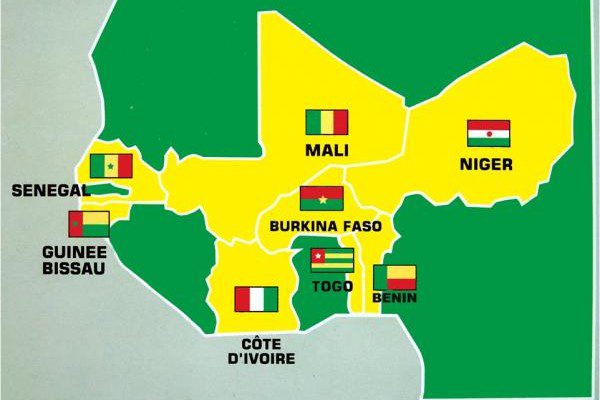The West African Economic and Monetary Union (UEMOA) is expected to grow by 1.3 percent in 2020, up from 6.1 percent in 2019, according to a statement of the Central Bank of West African States (BCEAO) shared with APA on Monday.
By Abdourahmane Diallo
The economic grouping composed of Benin, Burkina Faso, Cote d’Ivoire, Guinea-Bissau, Mali, Niger, Senegal and Togo will not enter recession despite the shocks suffered from the coronavirus pandemic.
The decline in economic activity in the Union was mainly imposed by the tertiary and secondary sectors at 3.4 percent and 3.6 percent respectively in the second quarter of 2020.
The added value of the primary sector has accumulated by 3.1 percent due to the good agricultural production.
The primary sector, with agricultural production in terms of labor force occupancy, being the dominant economic activity in the Union to explain the relative good economic health of the community area.
Furthermore, the communiqué which reports on the meeting of the Monetary Policy Committee on 21 September 2020 reveals that inflation rate has risen to 1.7 percent after 1.2 percent a quarter earlier and that this situation is essential for the return of local cereals, fish products, fresh vegetables, tubers and plantains, due to a disruption in distribution channels thanks to the situation attending to the Covid-19 pandemic.
According to the latest projections, the statement notes that the inflation rate is expected to average 1.8 percent in 2020 and 2.0 percent in 2021.
By the eight-quarter period, at the end of June 2022, inflation rates are expected to be 2.3 percent in the target range (between 1.0 percent and 3.0 percent implementation of the Union’s monetary policy, the statement states.
Participating in these analyses, the Monetary Policy Committee decided to keep the minimum interest rates of bids for liquidity injection tenders at 2.0 percent and the marginal window interest rates at 4.0 percent, levels in effect since 24 June 2020.
The reserve requirement for banks in the remains at 3.0 percent, as is the case.
ARD/te/fss/APA


